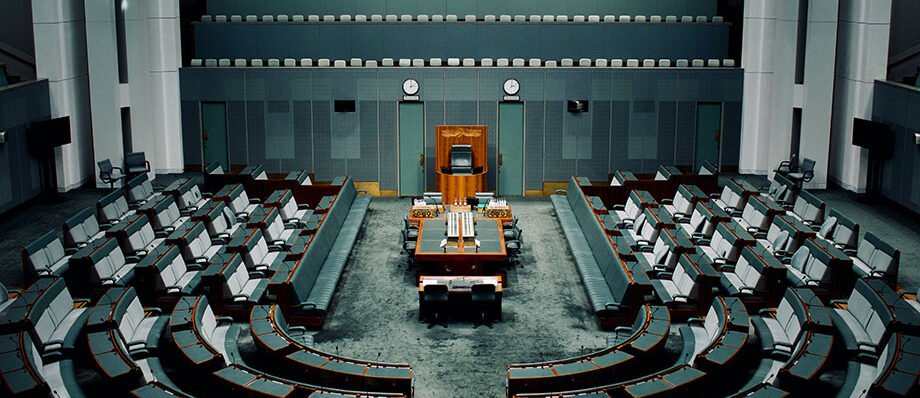Some Sound Advice on Crack Sentencing: Addressing Inequality in the Criminal Justice System
The issue of crack cocaine sentencing in the United States has been a subject of intense debate for decades. At the heart of this controversy lies the significant disparity in the sentencing guidelines for crack cocaine and powder cocaine offenses. This sentencing gap has disproportionately affected communities of color, particularly African Americans, and has contributed to mass incarceration, fueling criticisms of systemic racial inequality within the criminal justice system.
As discussions about criminal justice reform continue to evolve, it’s important to understand the history behind crack sentencing, the consequences of these policies, and the potential pathways for reform. Here’s some sound advice on how the U.S. can address this issue and move toward a more just and equitable system.
The History of Crack Cocaine Sentencing Disparities
The crack cocaine epidemic of the 1980s gripped many U.S. cities, particularly in low-income neighborhoods. In response to the crisis, Congress passed the Anti-Drug Abuse Act of 1986, which established harsh penalties for crack cocaine offenses. Under the law, individuals convicted of possessing or distributing crack cocaine faced sentences that were 100 times more severe than those convicted of powder cocaine offenses. This became known as the “100:1 sentencing disparity.”
For example, under the original guidelines, possession of just 5 grams of crack cocaine triggered a mandatory minimum sentence of five years in federal prison, while it took 500 grams of powder cocaine to receive the same sentence. This extreme discrepancy in punishment was justified by lawmakers at the time on the belief that crack cocaine was more addictive, associated with more violent crime, and had a greater societal impact than powder cocaine.
However, over time, research showed that crack and powder cocaine are pharmacologically similar, and the fears about the heightened danger of crack cocaine were largely exaggerated. Despite this, the harsh sentencing laws remained in place, contributing to the incarceration of thousands of individuals—disproportionately African American men.
The Impact of Crack Sentencing Policies
- Racial Disparities in Incarceration The most glaring consequence of the crack sentencing laws has been the racial disparity in incarceration. Although data shows that both white and Black Americans used crack cocaine at similar rates during the height of the epidemic, Black Americans were far more likely to be prosecuted and sentenced under the harsher crack cocaine laws. In the early 2000s, over 80% of individuals sentenced for federal crack cocaine offenses were Black, despite the fact that Black Americans made up only a fraction of crack users.This disparity has fueled mass incarceration, particularly in communities of color, and has contributed to broader social and economic inequalities, including higher rates of unemployment, broken families, and poverty in these communities.
- Mandatory Minimum Sentences and Judicial Discretion The mandatory minimum sentencing guidelines for crack cocaine offenses limited the discretion of judges, who were required to impose lengthy prison sentences regardless of the individual circumstances of a case. This “one-size-fits-all” approach led to disproportionately harsh punishments for nonviolent offenders, many of whom were low-level drug users or small-scale dealers.The rigidity of these sentencing laws exacerbated overcrowding in prisons, increased the burden on taxpayers, and left little room for rehabilitative or restorative approaches to justice.
- The Fair Sentencing Act and Continuing Disparities In 2010, recognizing the unjust nature of the 100:1 disparity, Congress passed the Fair Sentencing Act (FSA). The FSA reduced the disparity between crack and powder cocaine sentencing from 100:1 to 18:1. This was a significant step forward, but many advocates argue that the disparity should be eliminated entirely, as there is no scientific or moral basis for punishing crack cocaine offenses more severely than powder cocaine offenses.While the FSA was an important reform, it was not made retroactive, meaning that thousands of individuals sentenced under the old 100:1 guidelines remained in prison. The First Step Act of 2018, a bipartisan criminal justice reform law, later addressed this by allowing certain individuals sentenced under the previous guidelines to petition for a reduced sentence. However, disparities in sentencing persist, and many individuals continue to serve disproportionate sentences for crack cocaine offenses.
Sound Advice on Reforming Crack Sentencing
- Eliminate the Sentencing Disparity Entirely One of the most straightforward solutions to the crack cocaine sentencing issue is to eliminate the disparity between crack and powder cocaine offenses altogether. Since the scientific evidence shows that the two drugs are nearly identical in their effects, there is no legitimate reason to treat them differently in the eyes of the law. Equalizing the sentencing guidelines would help address the racial disparities that have plagued the system for decades and would restore a sense of fairness to the sentencing process.
- Retroactively Apply Sentencing Reforms While the Fair Sentencing Act and the First Step Act made progress in reducing some sentences, thousands of individuals remain behind bars, serving sentences that are now considered outdated and unjust. Applying sentencing reforms retroactively would ensure that individuals who were disproportionately punished under the old laws have an opportunity for resentencing and a chance to reenter society.
- Expand Access to Rehabilitation and Reentry Programs For individuals convicted of crack cocaine offenses, particularly those serving long sentences, access to rehabilitation and reentry programs is essential. Expanding these programs can help individuals rebuild their lives after prison, offering support for employment, housing, and substance abuse treatment. By focusing on rehabilitation rather than punishment, the criminal justice system can reduce recidivism and better address the root causes of drug addiction.
- Support Alternative Sentencing and Diversion Programs The U.S. should also consider expanding the use of alternative sentencing and diversion programs for nonviolent drug offenders. Instead of relying on incarceration, individuals caught with small amounts of drugs should be diverted to treatment programs, community service, or other rehabilitative alternatives. This approach not only reduces the burden on the prison system but also offers a more humane and effective response to drug addiction.
- Continue Criminal Justice Reform Efforts Crack cocaine sentencing is just one aspect of the broader need for criminal justice reform. Addressing mandatory minimum sentences, reforming bail practices, and investing in restorative justice programs are all critical components of reducing mass incarceration and promoting a fairer system.
Conclusion: The Road to Justice
The crack cocaine sentencing disparity remains a stark example of the racial and structural inequities embedded in the U.S. criminal justice system. While significant progress has been made with reforms like the Fair Sentencing Act and the First Step Act, more work is needed to fully rectify the harms caused by decades of unjust policies. By eliminating the sentencing disparity, applying reforms retroactively, and focusing on rehabilitation, the U.S. can take meaningful steps toward a more equitable and just legal system.
The road to justice requires continued advocacy and a commitment to righting the wrongs of the past. Only by addressing these disparities head-on can the country begin to heal the wounds left by decades of inequitable drug policies.



